1 min read
Riding the Renovation Rollercoaster: The Emotions Behind a Remodel
Every home remodeling journey comes with its own set of emotions, and no project is without its ups and downs. After remodeling homes in the greater...

Stairs — they’re both the bane of and the reason for a designer’s existence. They’re one of those fun architectural elements that can either completely dominate a space or be shoved out of the way (literally). It all depends on what your home needs, and what you need from your home.
Most homes have at least one set of stairs. For many homeowners, it’s difficult to know what to do with them. That’s why the common answer is to just leave them alone, even if they don’t look or feel quite right in a space. They’re just stairs, right?
Yes, but no. The truth is that staircases don’t just need to be a means of getting from one floor to another. Of course, they need to be code compliant and functional, but they also have the opportunity to be a beautiful feature in your home — occasionally to the point of being sculptural.
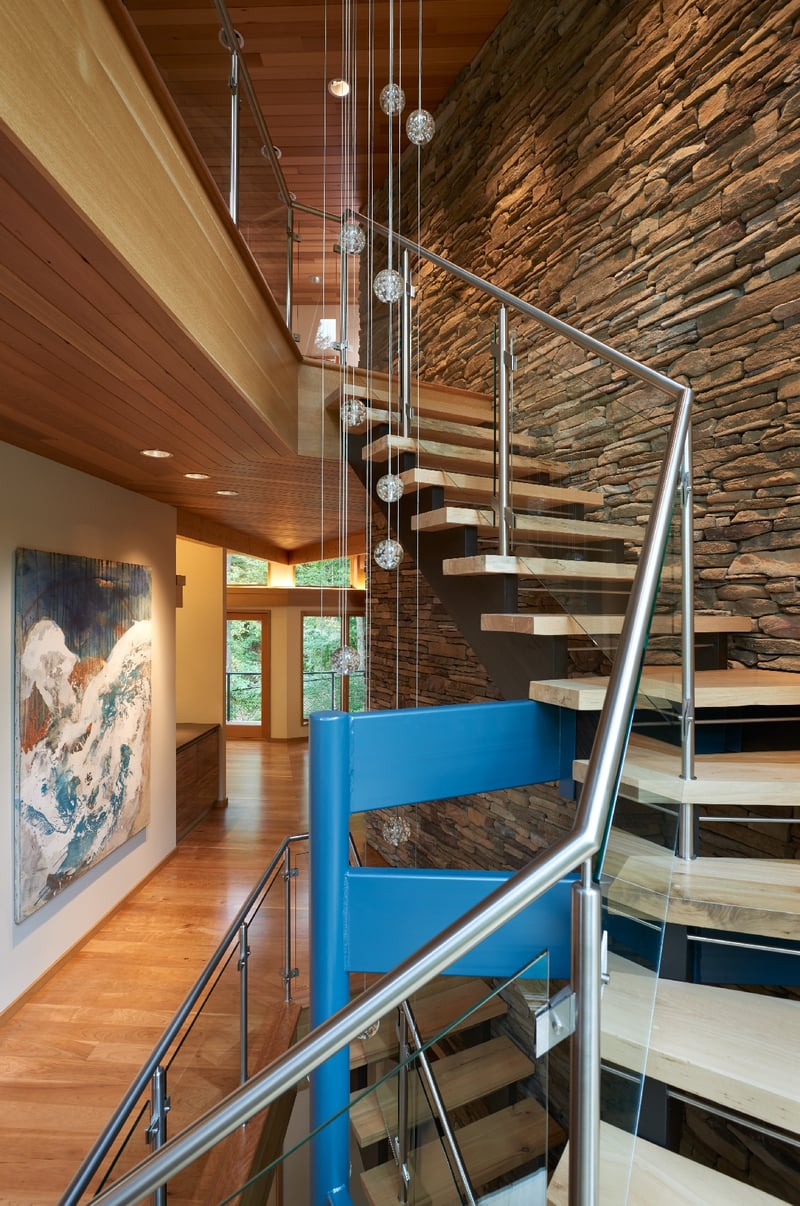
Stairs are also one of the best ways to get vertical communication between spaces, allowing light, sound, heat, and view to travel into two (or more!) stories. They’re both necessary for flow (both physically and visually) between the levels of your house. Thus nailing the design is important to transforming your home.
Let’s look at a few examples, shall we? Here are four unique types of stairs that could help set your home’s design apart from others. They say ‘sayonara’ to traditional, basic staircase design and welcome a new sense of style, cohesiveness, and functionality to the home.
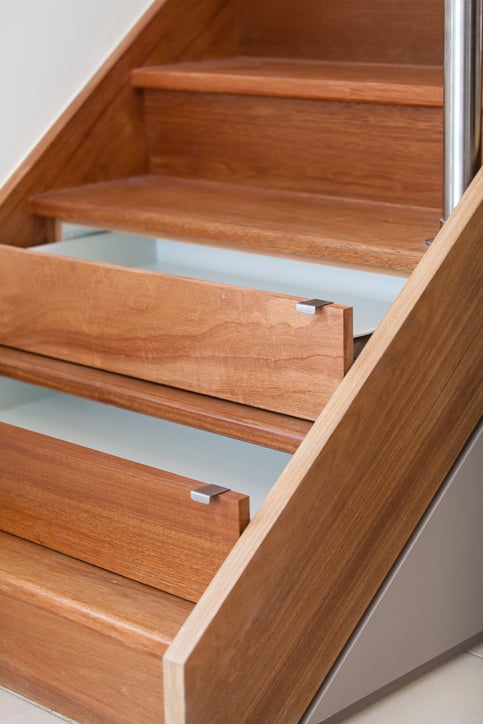
Photo courtesy of Hausjournal.net.
Have you seen photos of staircases like this floating around the Internet, maybe with books or shoes hidden in the drawers? It’s a fun idea to take advantage of what would normally be wasted space.
Potentially one downside of using a staircase with drawers is that there’s limited visibility into the drawers, making it difficult to remember what you put where. But if you’re strategic about what you’re storing, it shouldn’t be much of an issue.
The idea of stacking staircases has been around a long time, but it’s still an advantageous choice. The aspect we love most about it is that it saves a ton of floor space, seamlessly opening up a room.
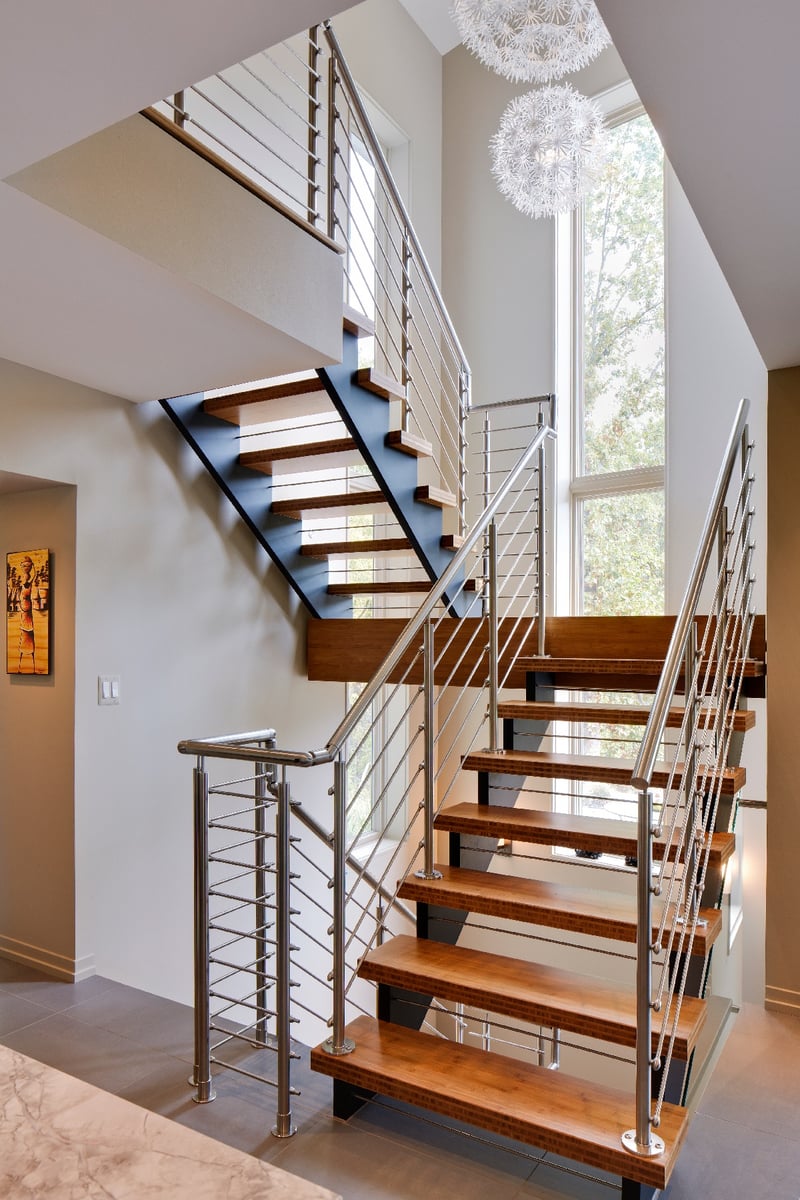 In the photo above, the stacked staircase also features what we designers call “floating” stairs — where there are open slats between each step. The floating stairs have a lot of transparency and go all the way from the second floor down to the basement, allowing the stories to flow well together.
In the photo above, the stacked staircase also features what we designers call “floating” stairs — where there are open slats between each step. The floating stairs have a lot of transparency and go all the way from the second floor down to the basement, allowing the stories to flow well together.
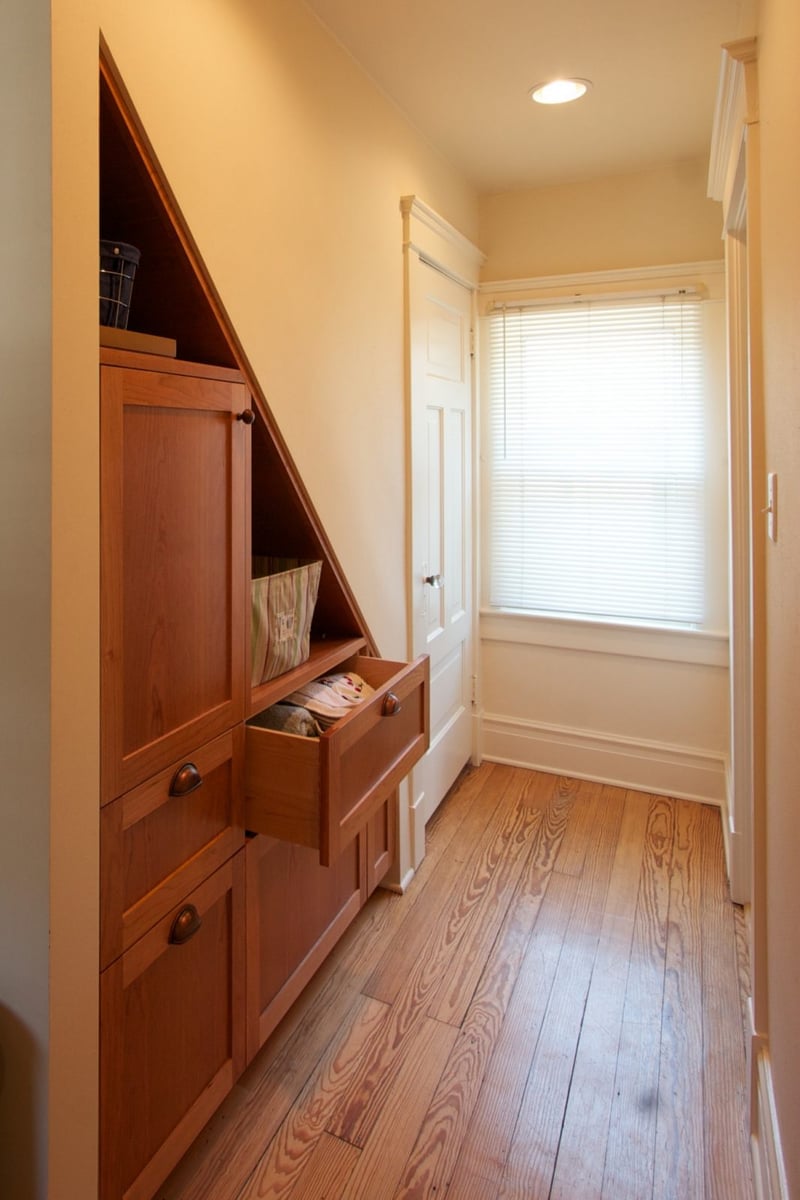
As seen in the photo above, these stairs feature a set of cabinets underneath the staircase. They open up to the side. In many cases, this is a great choice for stairs enclosed by walls.
Stairs enclosed by walls are usually space-efficient and inexpensive to implement, but they can seem narrow, closed-in, and restrictive in how they don’t allow the two stories to interact with each other. Adding these side cabinets can help with that, and can even help make a piece of art out of them. It takes a keen eye for detail and skilled craftsmanship to create a staircase that’s both visually interesting and functional — but it’s well worth the effort.
Building code requires specific dimensions for the width of a staircase, for the height and depth of each step, and for how spaced out the guard rails on the side can be. These limitations can be frustrating but are in place for a reason: non-code-compliant stairs can be difficult and dangerous to walk on. And stair spindles that have openings that are too wide or too low are treacherous for both toddlers and small children, as well as older adults.
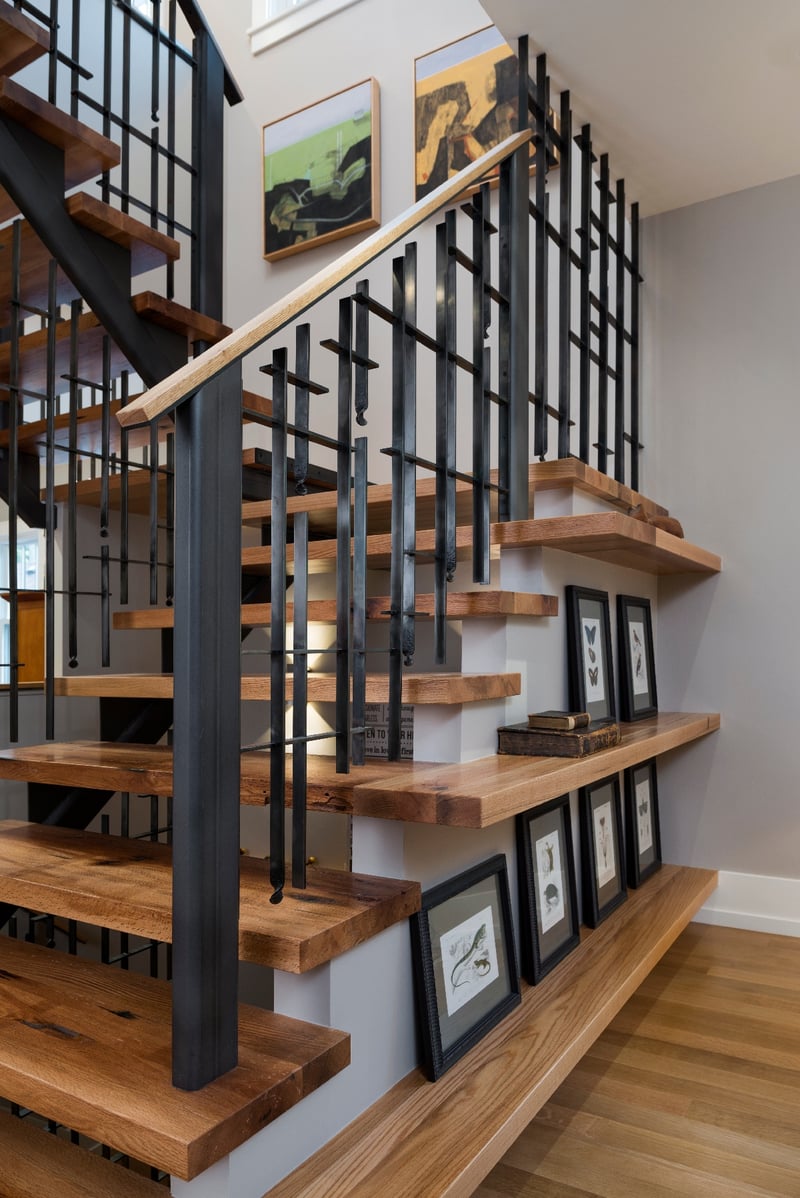
Finding solutions to this issue can lead to some interesting and creative ways to make a beautiful statement. The photo above shows that sometimes we can get a little bit of everything. The staircase is sculptural, incorporates shelving, and has comfortable dimensions that make it easy to use both now and in the future — and it’s the focal point of the home!
The photo is from one of our clients’ homes. Custom metal artisan Drew Kyte of Kyte Metalwerks was commissioned to design this custom railing.
Why not take advantage of the space along the side of a stairway and create the perfect storage solution for your books? It's an easy and convenient way to add a "library" to a room without taking up additional square footage. With a proper design, these shelves can not only store your books, but can also add a unique design feature to your room.
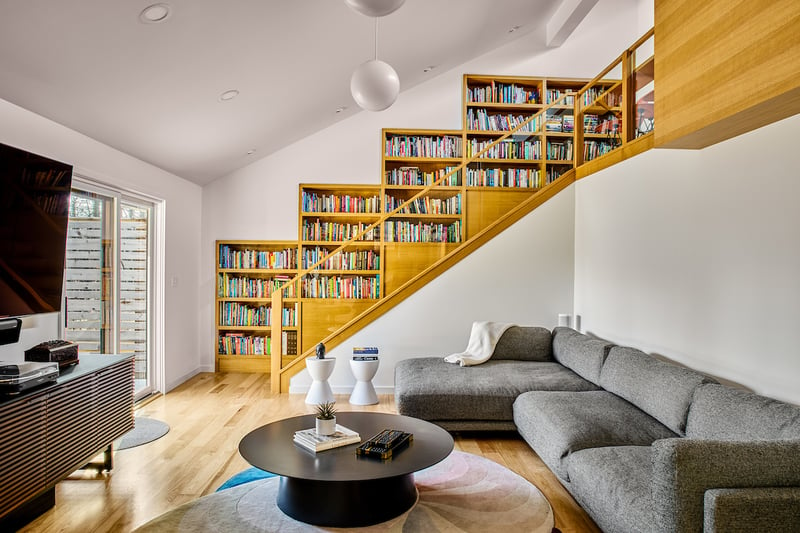
When it comes to design priorities, stairs often get overlooked — but they shouldn’t! Even a subtle change in stair design can make a huge difference in the aesthetic and functionality of a room.
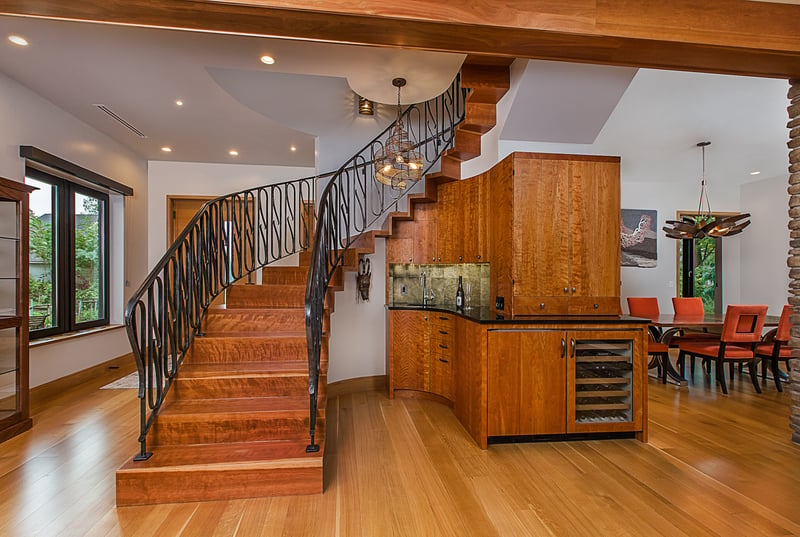 Look at the stairs in your home. Do they look, work, and feel like you want them to? Or are you searching for ways to improve them?
Look at the stairs in your home. Do they look, work, and feel like you want them to? Or are you searching for ways to improve them?
If you’re looking for ways to improve them, the good news is that there are a ton of possibilities. We’ve really only scratched the surface in this article. So, if you need help figuring out what the best design move is for your home, don’t hesitate to reach out. We’d love to start a conversation about transforming your space into one that works better for you.

1 min read
Every home remodeling journey comes with its own set of emotions, and no project is without its ups and downs. After remodeling homes in the greater...
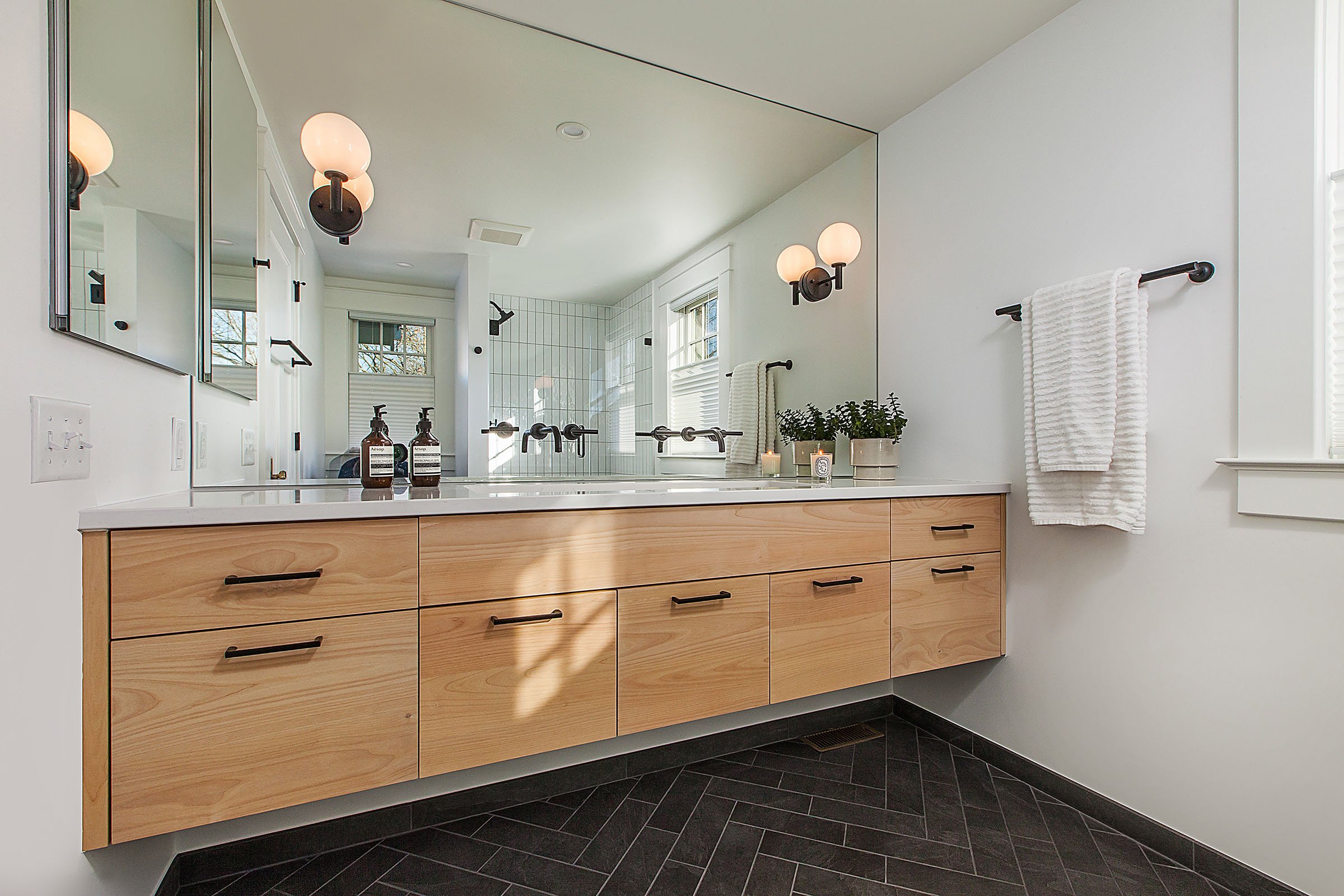
Transforming your home is not just about aesthetics; it's about finding solutions that fit your budget and lifestyle. When upgrading your kitchen or...
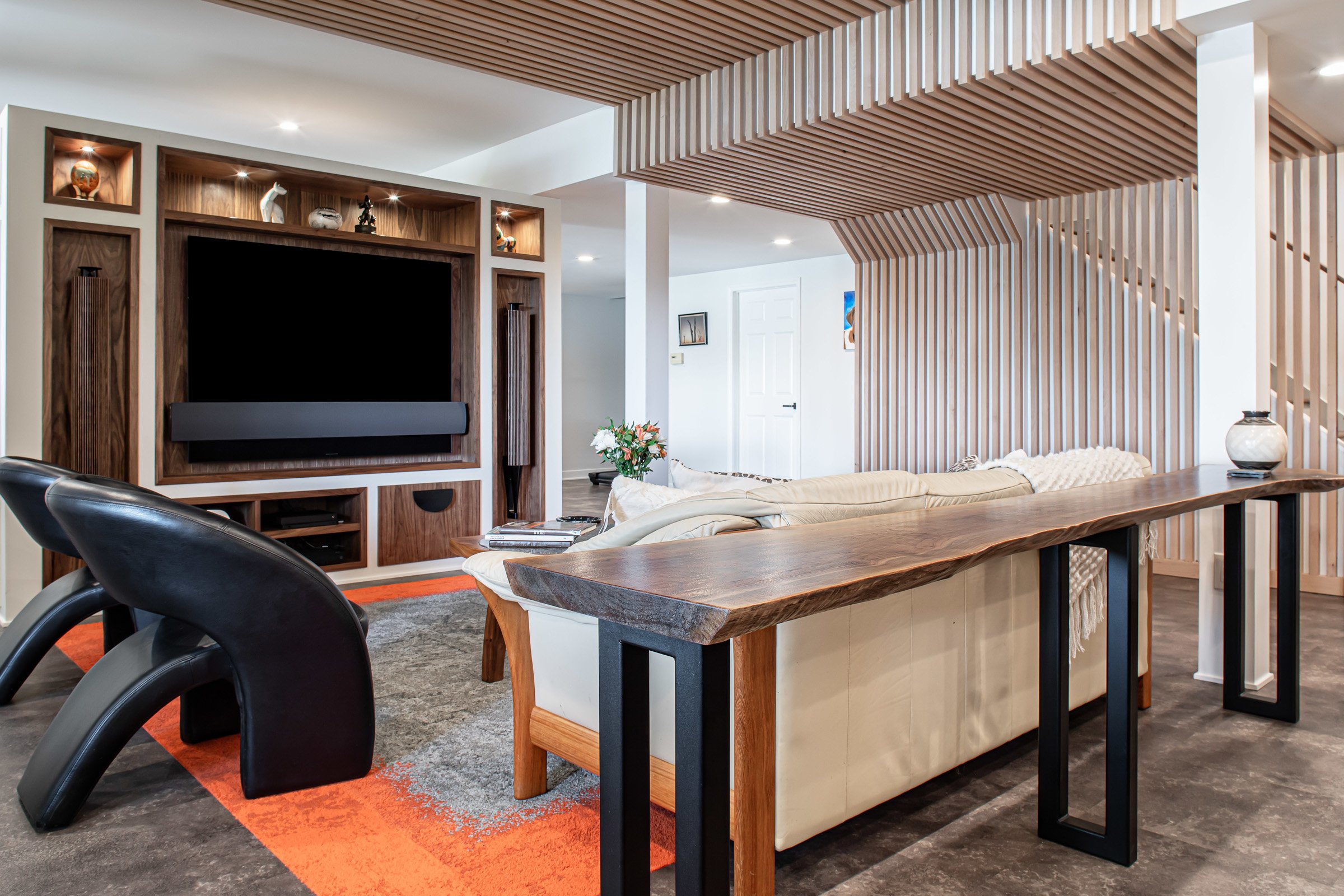
We’re thrilled to be featured in The Scout’s Guide’s latest piece, “How to Upgrade Your Basement, According to the Experts.” We invite you to check...